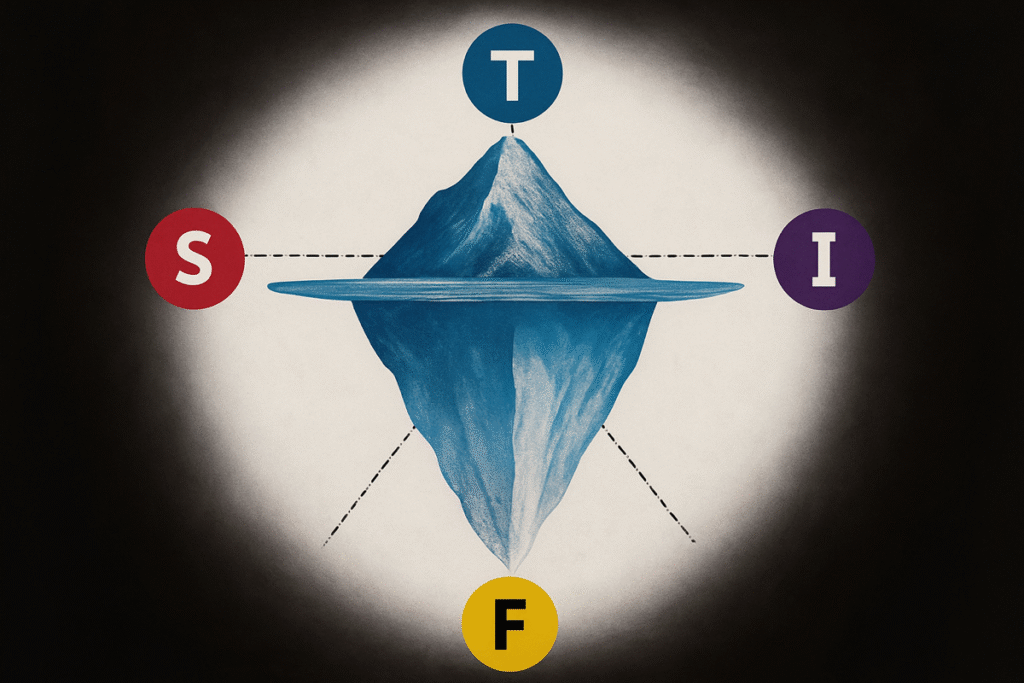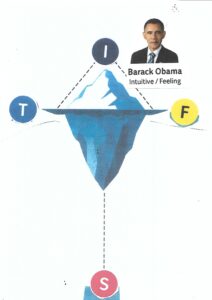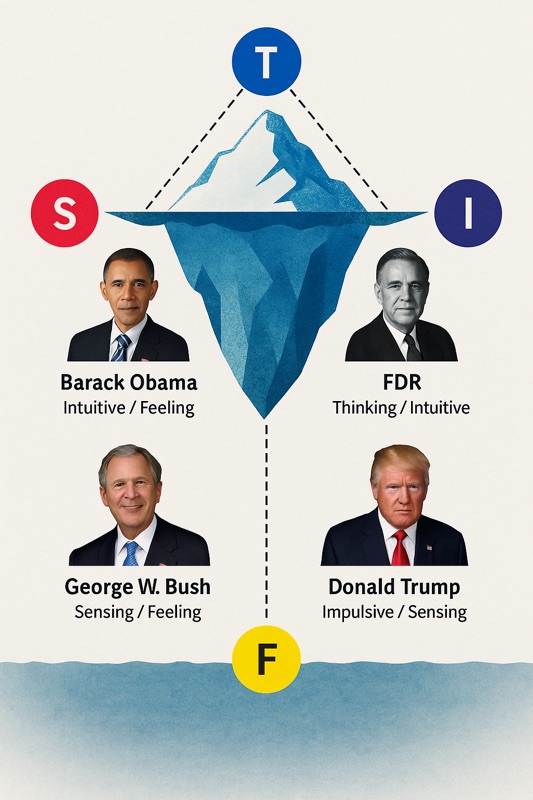

This means your greatest strengths and your most vulnerable traits are two sides of the same axe. Both are part of who you are, shaped by genetic and temperamental factors that we can describe—but not change.

From our experience, we’ve seen a strong connection between a person’s temperament and their decision-making behavior. Recognizing and accepting how people make decisions is key to understanding both your own and others’ roles in a group—what we often call “people chemistry.”
In knowledge-based work and teamwork, the ability to see the link between behavior and decision style is often the key to success. Whether it’s total quality management (TQM) or everyday collaboration, knowing each person’s decision strengths helps place the right person in the right role at the right time.
To explain this, we often use Carl Gustav Jung’s model of personality types, which corresponds to the four levels, purple, red, blue and red on the decision tree.

The pyschologist Carl Gustav Jung’s (1875 -1961) described two axes and four archetypes, which in turn drew its inspiration from ancient Hindu thinking from about 1000 years ago, before Christ. These four functions SGL has illustrated as an iceberg with the Strength above the water and the Shadow below the ocean surface.



We asked ChatGPT
about the decision profile
to Barak Obama, and they answered:
” IF / Purple/Yellow – | ||||
If you’re curious about how your colleagues make decisions, it’s helpful to start by understanding your own patterns. Once you’re confident in your own Decision profile, it becomes much easier to describe and recognise those of others.
In short: Are you driven by Logical structure and certainty? – You likely lean toward the Logical Thinking or Feeling Axes, which SGL call (L)
Are you energised by Stimuli and new experiences and flexibility? – You likely lean toward the Stimuli seeking Sensing or Intuition Axes, which SGL call (S)

Decision-making temperament is SGL’s most important ingredient. –
In a “winning team” all colours are necessary.
Knut Birkeland – Norsk Hydro